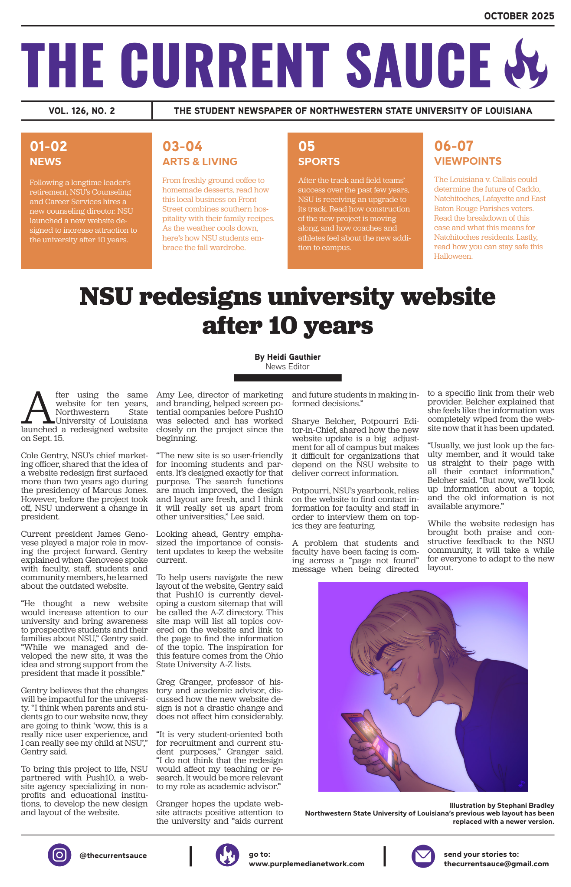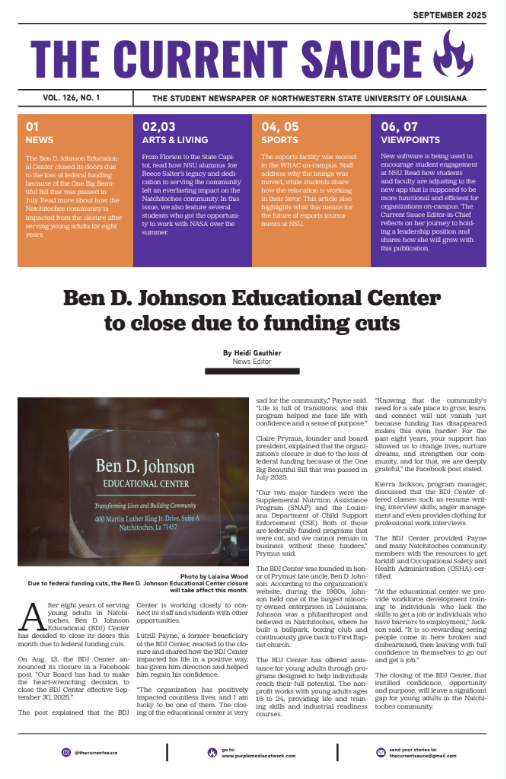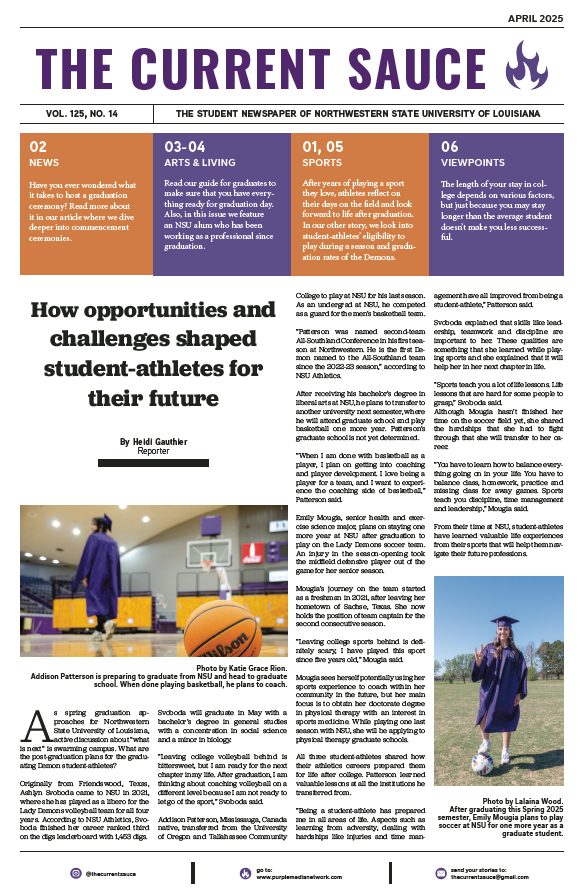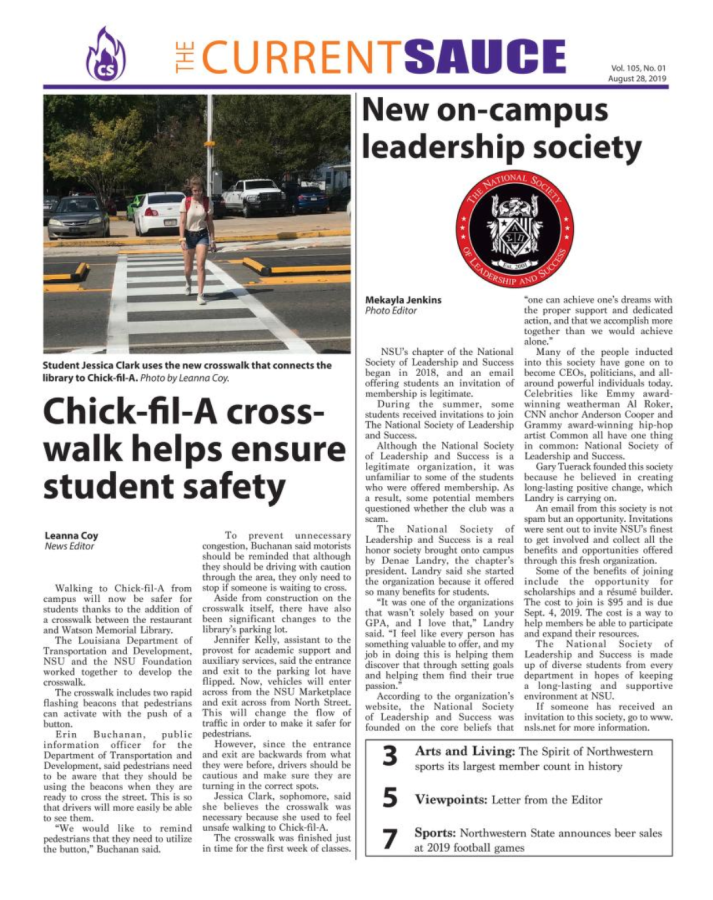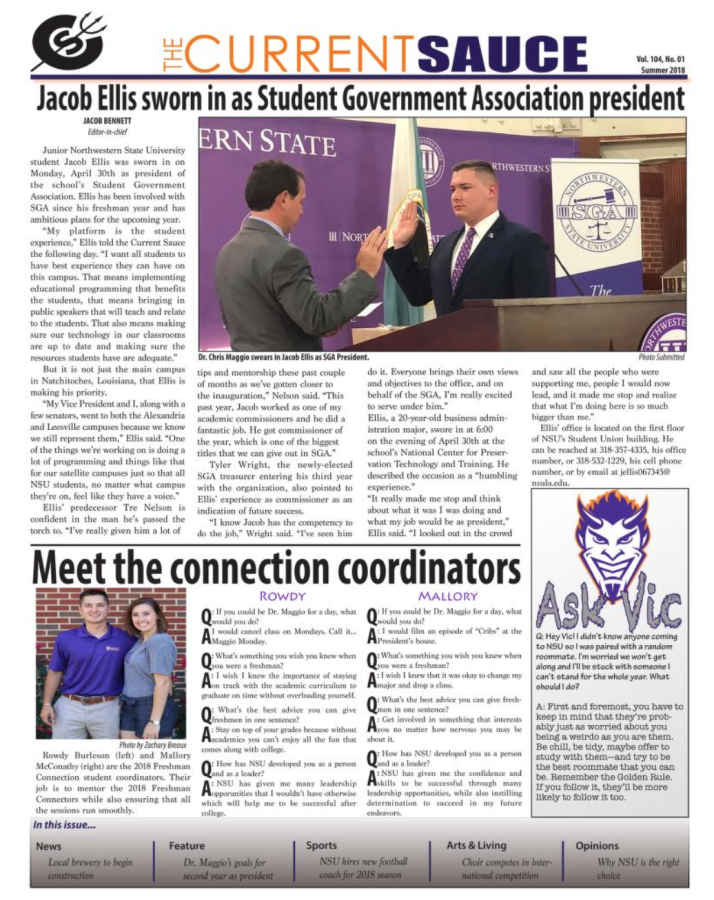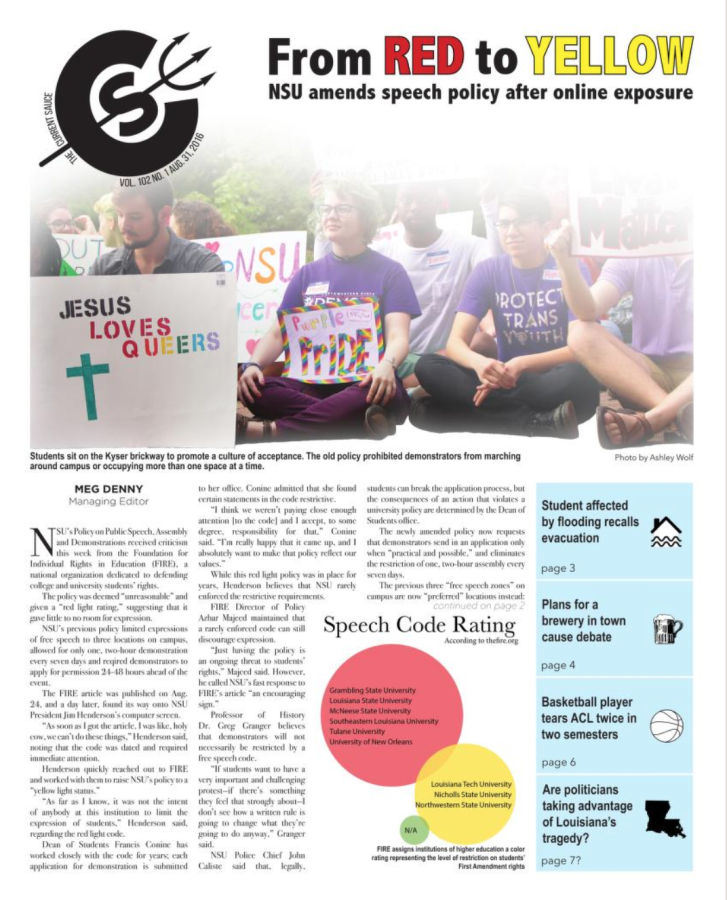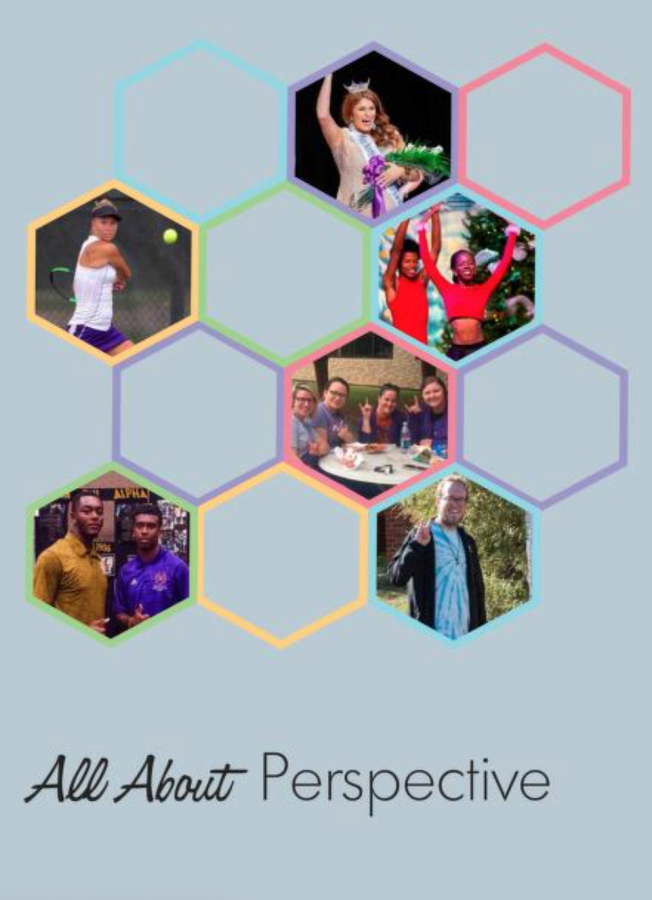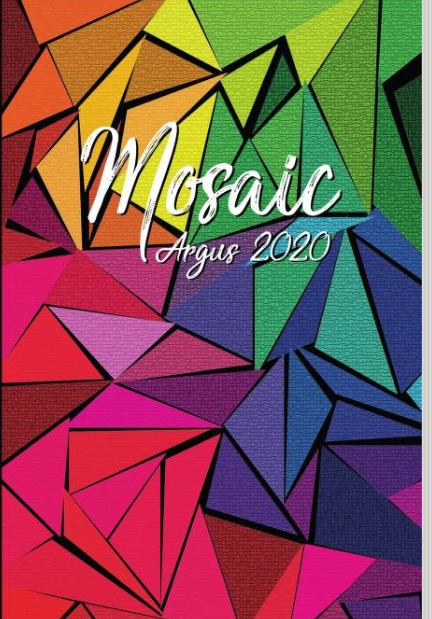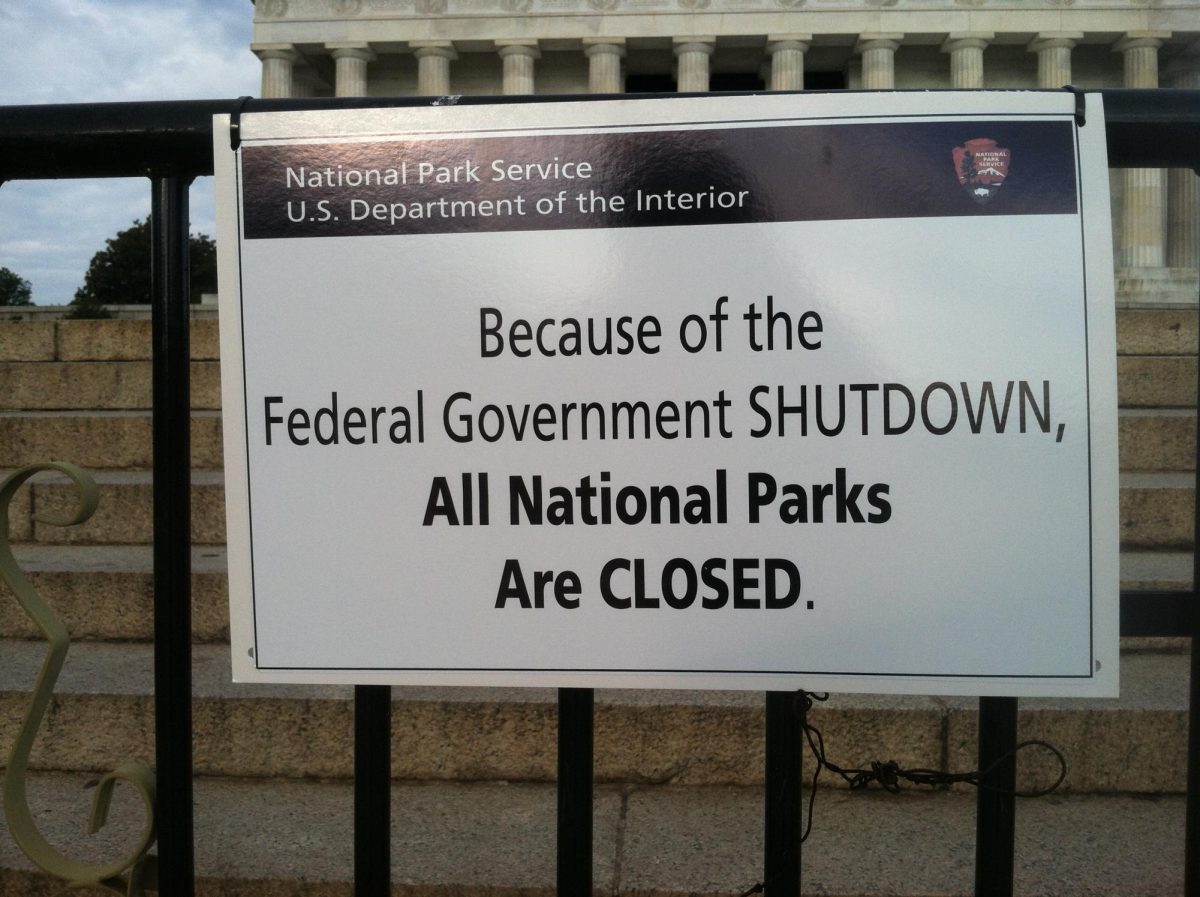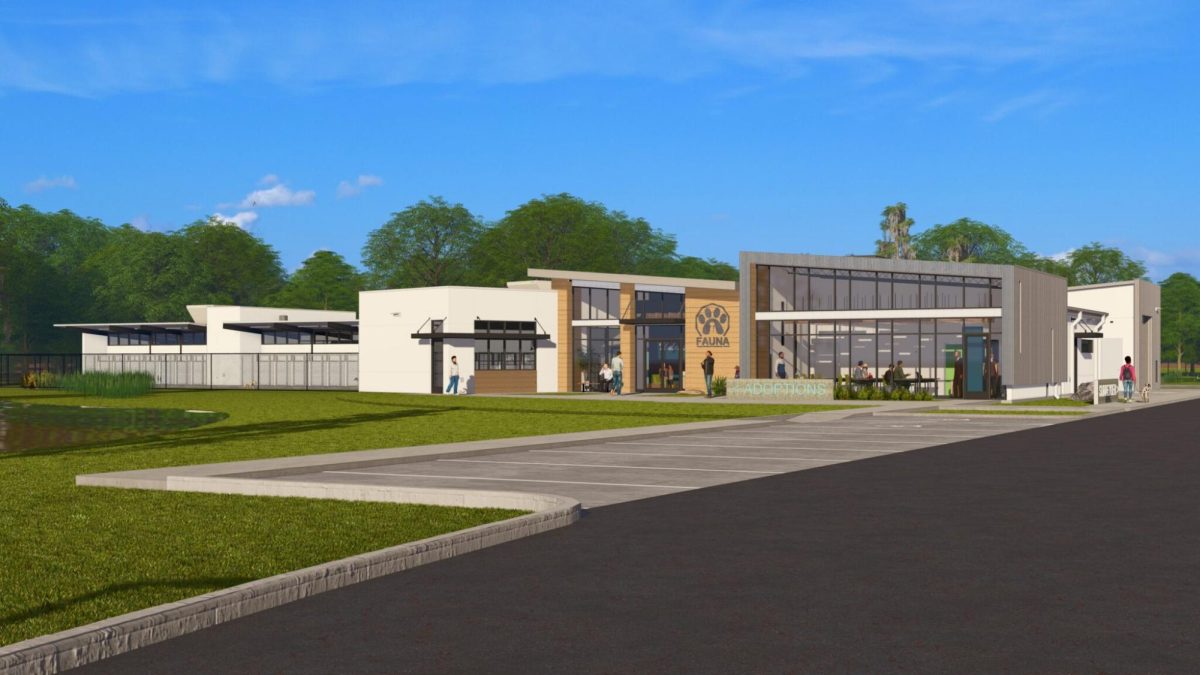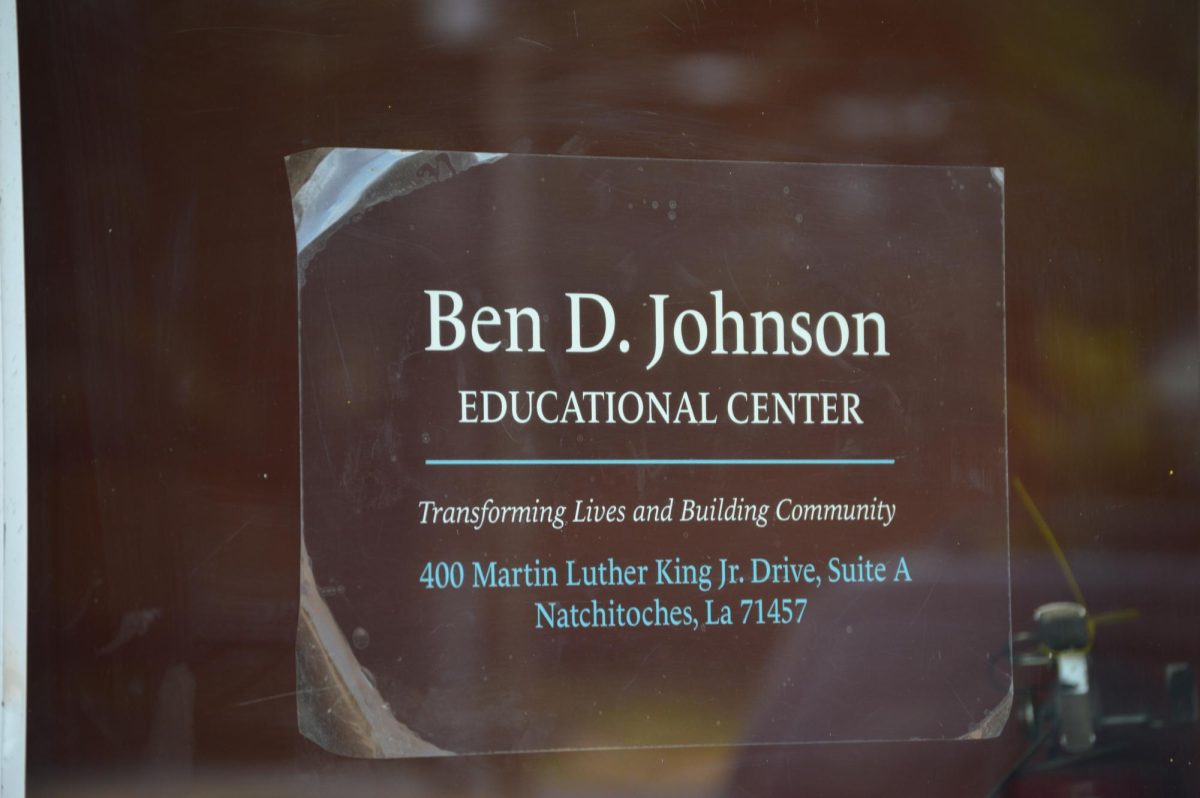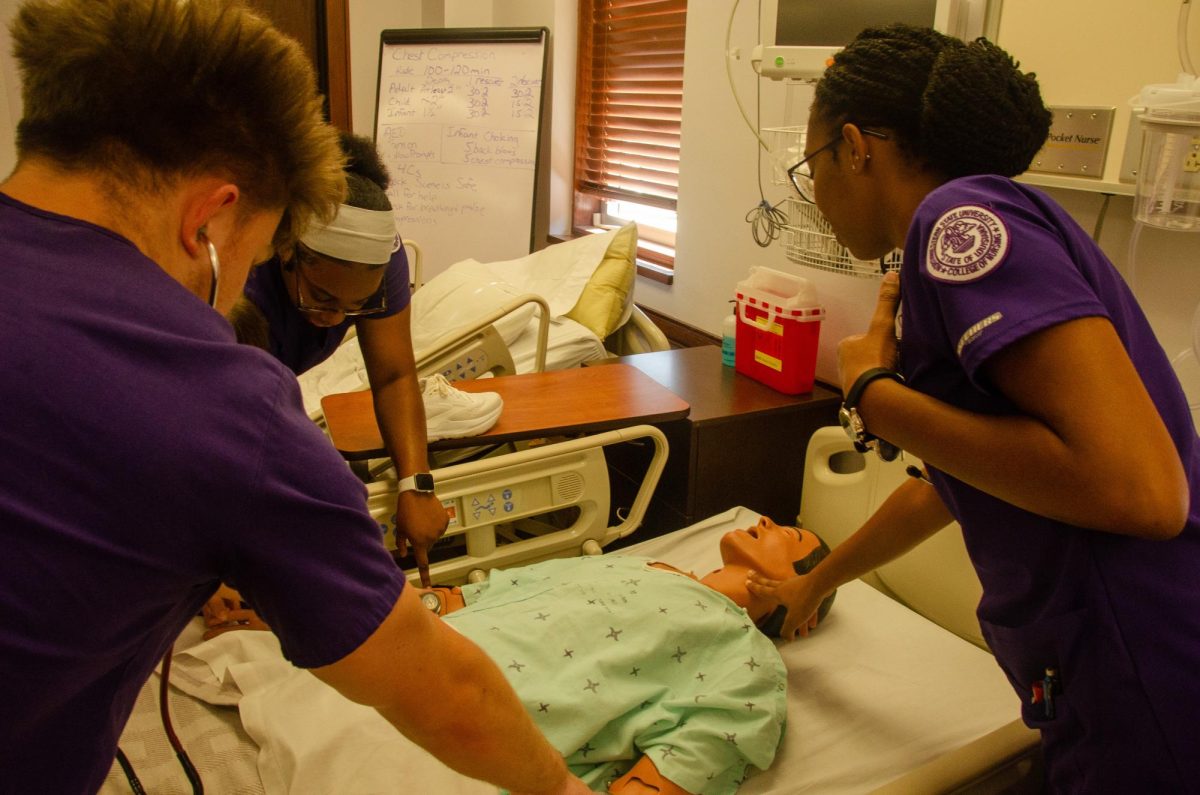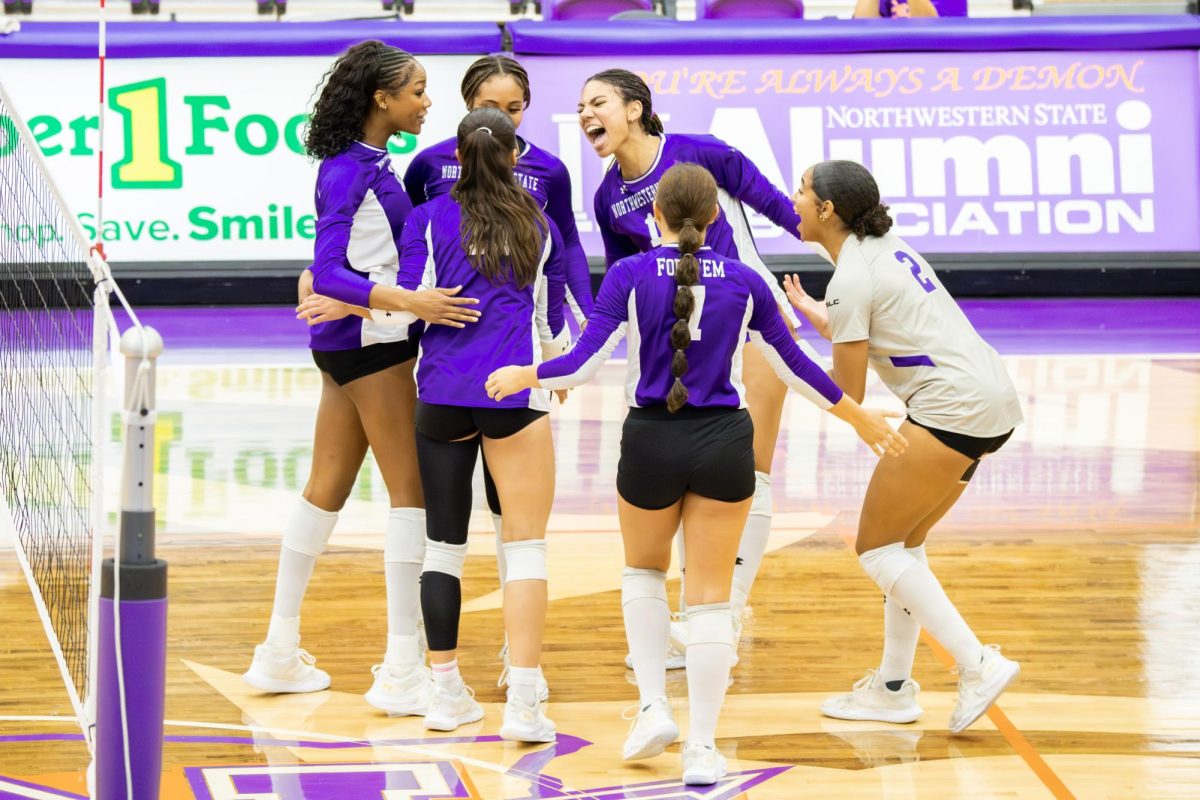On Oct. 1, the U.S. government entered into a shutdown that has affected thousands of Americans. From federal employees to college students, the shutdown is leaving a noticeable impact on the nation.
What is a government shutdown?
According to The Committee for the Federal Budget, “Every year, Congress must pass, and the President must sign, budget legislation for the next fiscal year, consisting of 12 appropriations bills, one for each Appropriations subcommittee. In a ‘shutdown,’ federal agencies must discontinue all non-essential discretionary functions until new funding legislation is passed and signed into law. Essential services continue to function, as do mandatory spending programs.”
The 2025 shutdown is the cause of political parties not being able to agree on a decision of how to resolve a budget dispute. Without a resolution, federal funding must halt until a decision is made.
In the past, government shutdowns have ranged from a few days to over a month. The last government shutdown, which occurred from late 2018 to early 2019, became the longest in United States history, spanning 35 days and impacting over 800,000 federal employees.
Who is affected by the government shutdown?
Due to the lack of federal funding, all national park service sites are closed. In Louisiana, locations such as Jean Lafitte National Historical Park and Preserve, New Orleans Jazz National Historical Park and Cane River Creole National Historical Park are closed.
“Government employees who provide what are deemed essential services, such as air traffic control and law enforcement, continue to work, but don’t get paid until Congress takes action to end the shutdown,” Brooking.edu stated. “Shutdowns can be disruptive, leading to delays in processing applications for passports, small business loans, or government benefits; shuttered visitor centers and bathrooms at national parks; fewer food-safety inspections; and other various inconveniences.”
Essential programs that are federally funded may be affected if the shutdown continues. Supplemental Nutrition Assistance Program (SNAP) and The Special Supplemental Nutrition Program for Women, Infants, and Children will not be affected unless the shutdown continues for over 30 days. Recipients will not receive new benefits until the government reopens.
Louisiana Gov. Jeff Landry signed an emergency executive order on Oct. 24, declaring a state of emergency due to food insecurity.
Landry’s executive order stated that an estimated 792,769 Louisiana residents rely on SNAP benefits, as of October 2025. 120,000 of those recipients are disabled, 366,825 are children and 88,208 are elderly.
How will students be affected by the government shutdown?
While most of the immediate effects impact federal employees, students and universities may also experience indirect effects of a prolonged shutdown.
The American Council on Education (ACE) discussed that the impact on university students will be minimal. Financial aid will not be affected since universities are mid semester and aid has already been distributed. If the shutdown had happened in June or August, then financial aid and student loans would be affected.
“Broadly speaking, the federal government cannot provide much assistance during a shutdown. Most government employees will not answer phone calls, respond to emails, or update resources. Other types of services will be paused as well,” ACE said. “The longer a shutdown persists, the more issues pile up and the greater the risk of crises to arise caused by an understaffed government.”
Although the status of financial aid currently remains stable, the uncertainty of the future may worry some students. If the shutdown continues into the FAFSA cycle, then students returning in the spring may experience the stress of not knowing if they will receive their FAFSA aid or student loans on time.
As government officials are negotiating in Washington, D.C., Americans remain uncertain about how long the shutdown will last and what the effects might be.

